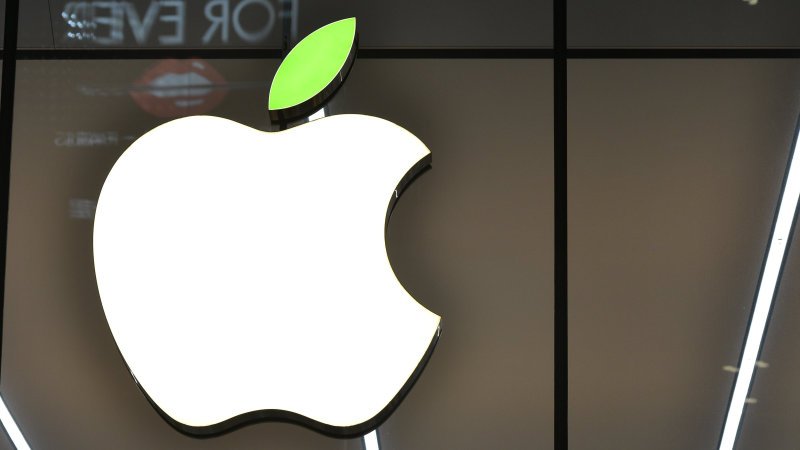Apple's patent application details its autonomous vehicle system

The application, titled simply "Autonomous Navigation System," was originally filed with the U.S. Patent and Trademark Office in December 2015. It describes at length an autonomous navigation system complete with sensors installed in the vehicle that provide updates to a "virtual characterization" of driving routes routinely traveled by motorists as a way to make driverless cars more efficient and not need to constantly remake detailed maps. It also describes making continual updates to stored driving-route characterizations, including those made with a human driver at the wheel, when conditions change, such as during road construction, lane closures or during weather events.
It notes that "the complexity and magnitude of computer systems required to be included in a vehicle to enable such real-time processing and responsiveness can present an unsuitably excessive investment in capital costs for each vehicle, thereby rendering the system impractical for usage on a wide scale." The virtual characterizations described would be paired with a "confidence indicator" that would enable autonomous navigation based on user-generated command via a user interface. In cases where that confidence threshold isn't met, the patent describes the use of a remote service that could evaluate data sent from a car and develop its own virtual characterization to help meet the threshold. If it can't, the remote system "can modify the characterization in response to manual inputs from one or more operators."
Apple has reined in its ambitions for autonomous vehicles, moving away from bold but ultimately discarded ideas to build its own autonomous vehicle and develop spherical wheels — and toward a focus on building autonomous systems. Two Apple researchers last month submitted a paper that described how their software was helping the company better detect three-dimensional objects, including pedestrians and cyclists. Bloomberg reported last year that the company was using virtual reality to test driverless cars.
The autonomous navigation system, the patent filing explains, "can adapt to changes in a route independently of preexisting route characterizations, 'maps,' etc., including independently of data received from a remote service, system, etc., thereby reducing the amount of time required to enable autonomous navigation of the changed route."
As noted by CNBC, the system purports to direct the car "independently of any data received from any devices external to the vehicle, and any navigation data stored locally to the vehicle prior to any monitoring of navigation."
Related News
